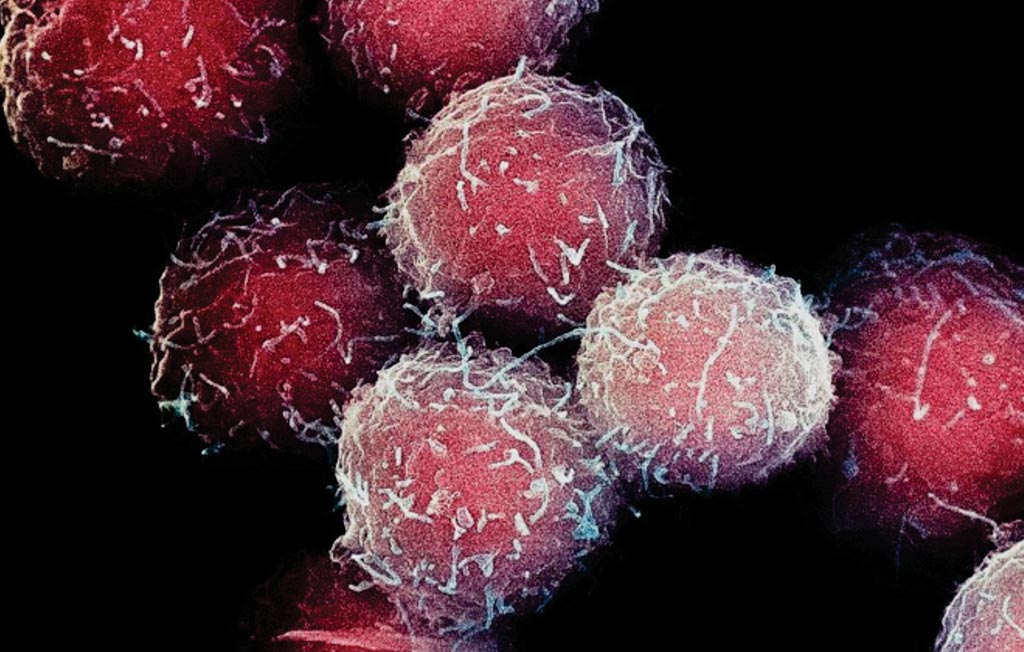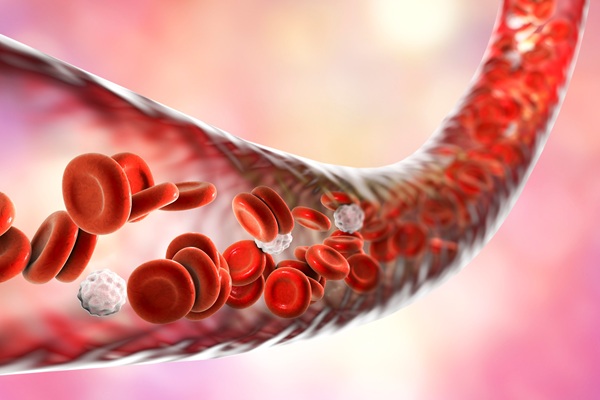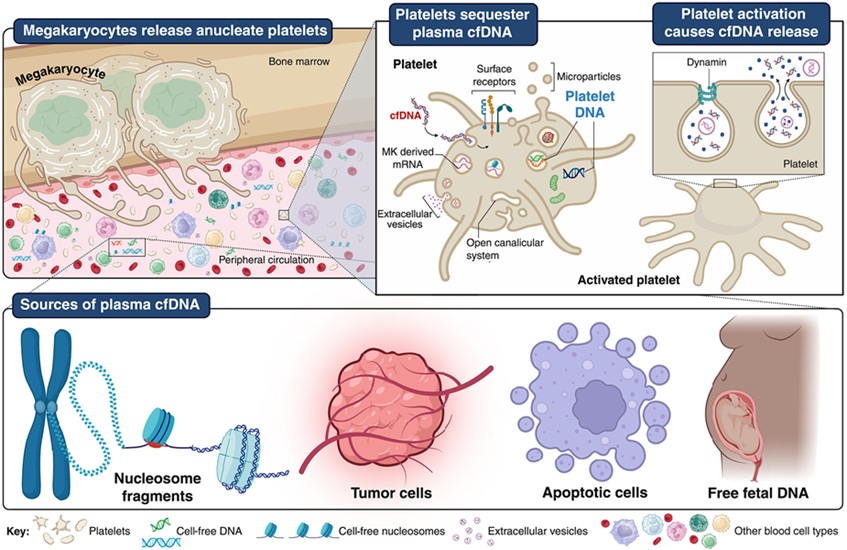Harvesting Method Produces Superior Transplantation Stem Cells
By LabMedica International staff writers
Posted on 20 Dec 2017
Hematopoietic stem cell transplantation is a potential curative therapy for malignant and nonmalignant diseases. Improving the efficiency of stem cell collection and the quality of the cells acquired can broaden the donor pool and improve patient outcomes.Posted on 20 Dec 2017
Currently, the most common way of harvesting hematopoietic (blood system) stem cells requires donors to receive daily injections of a drug called granulocyte colony-stimulating factor (G-CSF), which induces stem cells to pass from the bone marrow into the circulation. A new method of harvesting stem cells for bone marrow transplantation may make the donation process more convenient and less unpleasant for donors while providing cells that are superior to those acquired by current protocols.

Image: A scanning electron micrograph (SEM) of induced stem cells (Photo courtesy of University of New South Wales).
A team of scientists collaborating with those at Massachusetts General Hospital (Boston, MA, USA) developed a rapid stem cell mobilization regimen utilizing a unique C-X-C chemokine receptor type 2 (CXCR2) agonist, growth regulated oncogene-beta (GROβ), and the CXCR4 antagonist Plerixafor (AMD3100). A single injection of both agents resulted in stem cell mobilization peaking within 15 minutes that was equivalent in magnitude to a standard multi-day regimen of granulocyte colony-stimulating factor (G-CSF).
In addition to determining the mechanisms by which combined administration of GROβ and AMD3100 produced enough stem cells so quickly, the team found that transplantation with these cells led to faster reconstitution of bone marrow and recovery of immune cell populations in mouse models. The stem cells produced by this procedure also show patterns of gene expression similar to those of fetal hematopoietic stem cells (HSCs), which are located in the liver, rather than the bone marrow. The team also determined that rapid mobilization results from synergistic signaling on neutrophils, resulting in enhanced matrix metallopeptidase 9 (MMP-9) release, and unexpectedly revealed genetic polymorphisms in MMP-9 that alter activity.
Jonathan Hoggatt, PhD, a professor and lead author of the study said, “This is an exciting time in bone marrow transplantation, as the number of diseases that can be treated or possibly even cured is increasing. With new gene therapy strategies being developed for diseases like sickle cell anemia, beta thalassemia and severe combined immunodeficiency, having enough high-quality, gene-altered cells can be a key bottleneck. Our ability to acquire highly engraftable HSCs with the GROβ and AMD3100 combination should significantly improve and expand the availability of those treatments.” The study was published on December 7, 2017, in the journal Cell.
Related Links:
Massachusetts General Hospital













